From aqueducts, Roman numerals, sewage systems, architectural arches, underground heating, and books to a postal service, and much more, ancient Roman inventions changed the world and many are still in use today. Given the long history of Ancient Rome, its Republic, and its later Emperors, it is no surprise that the famous civilization invented a large number of very important things.
Table of Contents
Roman Numerals
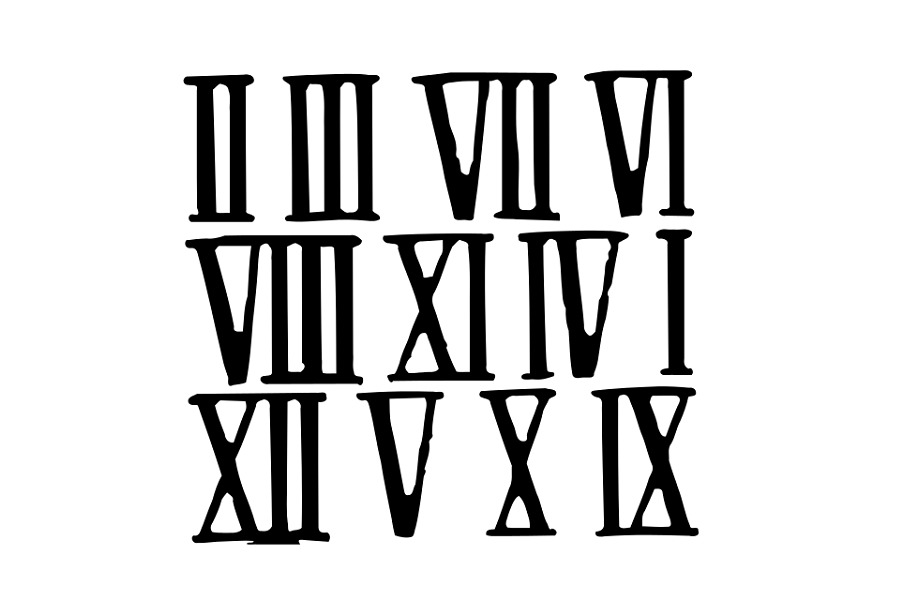
Roman numerals are a sophisticated system of numbers that the Romans bequeathed to posterity, remaining in use as the predominant system of arithmetic in the Western world well into the Late Middle Ages. Although they have been replaced as a numeral system in the modern day, by Arabic numerals, they still fulfill many functions today and are ever-present in the modern world.
READ MORE: Who Invented Numbers? Unraveling the Origins of Numerical System
Their modern uses include the regnal numbers of monarchs and popes, family suffixes, hour marks on clocks and watches, occurrence designations of important events (e.g. Olympics XXI), page numbering for prefaces and introductions of books, and much more! They are even still used in many different types of equations and arithmetics to designate different sides of shapes!
Their origins in Rome are obscure and unclear, perhaps deriving from the Etruscans, who the Romans descended from. The Etruscans had their own set of much more rudimentary numerals, which seem to have been improved and expanded by their predecessors.
Roman Concrete

Whilst the Romans were not the first to create and use concrete, they were the first to use their own version of it called opus caementicium on a mass scale. This particular type was created by mixing quicklime, pozzolana, and a type of pumice. This “Roman Concrete” was much sturdier than its predecessors and set the standard for modern concrete today.
For the Romans and their prodigious building, it was an essential resource that allowed them to build monumental works of architecture. Its stability and strength allowed them to design revolutionary new buildings that did not need the same support earlier buildings did. This allowed ancient Rome to build striking new buildings such as the Colosseum and the Pantheon – the latter of which still stands complete today. Indeed the relatively large amount of Roman structures that still stand in some form are a testament to their durability – all because of Roman innovations with concrete.
READ MORE: Ancient Cities: Pompeii, Rome, Teotihuacan, Palmyra, and More!
At the time, whether it was a Roman Emperor, or an aspiring official in the provinces, commissioning the construction of complex and colossal buildings, was a way to attain fame and status. It is thanks to the durable construction of Roman buildings in part, that Ancient Rome itself remains so famous today.
Sewage Systems
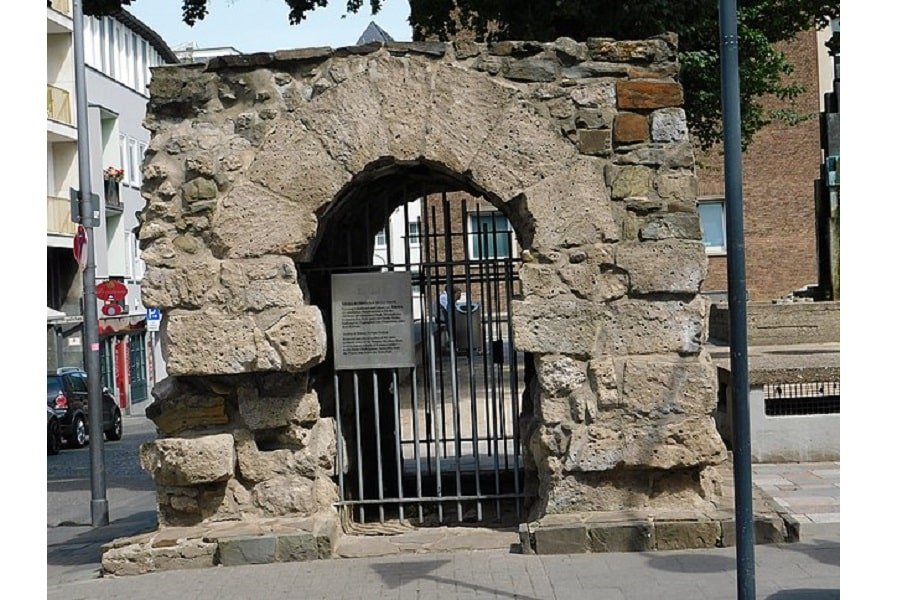
Again, there were earlier precedents to the Roman sewers, especially as the Romans seemed to have imitated the Etruscans with their first sewers. However, from the early stages of the Roman Republic onwards and the “Cloaca Maxima” (“Great Sewer”), the Romans developed ever more complex underground sewage systems that helped facilitate waste disposal and improve sanitation.
These developed into systems unprecedented in their complexity, with waste flushed from latrines that subsequently flowed into central channels, to then be dispersed into different rivers and streams throughout the region. A Roman official, called an Aedile, would oversee the maintenance of the sewer systems in Rome, just as provincial officials would maintain the counterparts throughout the Roman Empire in the east and west.
With improved public health, sanitation, and waste disposal, the Roman civilization was able to more safely grow its urban populations. However, this is not to say that Roman cities were clean or comfortable by any means – reading book 3 of Juvenal’s Satires will give a comic, if not exaggerated, glimpse into the often odious conditions of ancient city life!
Nonetheless, the comprehensive improvement and innovation of sewage systems under the ancient Romans helped to set a precedent for today’s public health and sanitation that we can be very thankful for.
The Roman Aqueduct
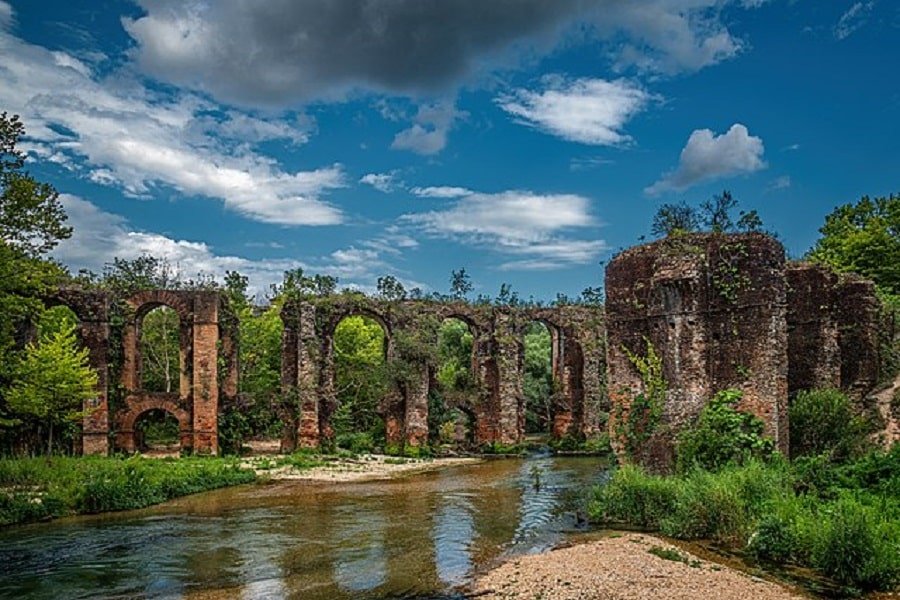
Once again, whilst the Romans were not the first to build and use Aqueducts in the ancient world, they set the standard for their future use and design. Whilst the Greeks, Egyptians, Assyrians, and others built conduits of water, the Romans were famous for their bridges, built in solid stone, carrying fresh waters, miles from their original source.
READ MORE: Who Invented Water? History of the Water Molecule
In total, there were 258 miles of Roman Aqueducts constructed to supply the city of Rome alone – a precedent that was reflected across the empire in important provincial cities. Each Roman aqueduct would provide fresh water to the inhabitants of the empire’s cities, its bathhouses, and shops, and would be managed by a local official, for cleanliness and proper flow.
Certain aqueducts in the city of Rome were known to be cleaner and better quality than others. Unsurprisingly, the cleaner water would go to the richer residents, sometimes directly to their homes, whilst the masses would usually have to go to a local fountain or water tank to collect their water.
Additionally, aqueducts that the Romans built would help feed the surrounding countryside of cities, providing irrigation for farmlands. The lack of hydraulics however meant that the Romans had to rely on gravity to do its work transporting the water. They, therefore, tended to have their sources at mountain rivers and springs.
Codex – Bound Books

The book is indeed a Roman invention, or they were at least the first to systematically develop it. Anything written that preceded it was written either on solid materials such as a cave wall, slate, or clay tablet or on paper-like materials, including parchment and papyrus. These pieces of writing were therefore not contained or enclosed inside a book as such.
Under the Roman Empire, the previously loose pages of written documents were bonded together and encased by thin blocks or covers. This allowed writings to be much sturdier and more secure than they had been previously, to the extent that modern books still imitate the same design.
Upon their introduction to the Roman world, all forms of literature were encased within them, from collections of poems to tax records, or compendiums of law. The next time you pick up a book and appreciate its design and feel in your hand, you can thank the Romans for developing codexes!
The 12-Month (Julian) Calendar
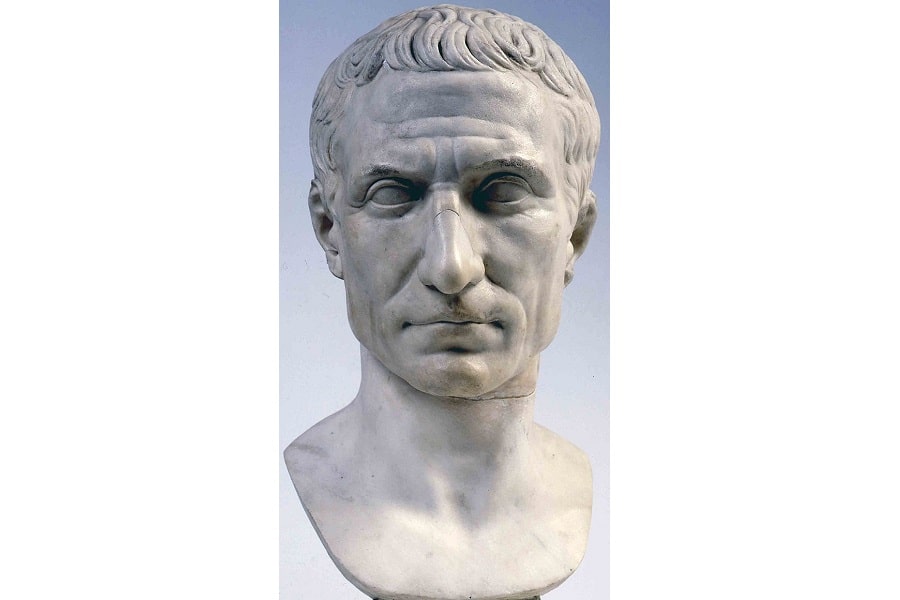
The 12-month calendar that is used throughout the Western world today, derives in large part from the Julian Calendar commissioned by the famous Roman general and politician Julius Caesar. The Julian Calendar was a solar calendar (rather than the lunisolar calendars that preceded it) and it was broken into 12 months, rather than 10 (typical of many pre-Julian calendars).
READ MORE: How Did Julius Caesar Die? Betrayed and Stabbed to Death
This Roman invention consisted of 365 days with an additional leap year every fourth year (without fail). After its inauguration, it became the predominant calendar system in the Roman Empire, and then, the Western world. This was until 1582 when the Gregorian Calendar (which is used today in most of the world) was instituted by Pope Gregory XIII.
The Gregorian calendar is only a slight modification on the Julian one, with a leap year occasionally omitted to keep in closer accuracy with the sun’s movements. Nonetheless, the Julian Calendar is still the chosen calendar in parts of the Eastern Orthodox Church and in parts of the Oriental Orthodoxy. A very important legacy and invention indeed – one that helps us manage and keep track of time and the seasons!
State Postal Service
During the reign of the first Roman emperor Augustus, the Cursus Publicus (“public way”) was created, in order to facilitate the movement of messages and posts, under state organization. Precedents had existed in ancient China and the Middle East (particularly Persia); however, none were as organized and well documented as the version from ancient Rome.
It was facilitated by the use of horses, wagons, and carts, to deliver messages and other posts, with contractors called mancipes tasked with providing the necessary equipment to keep things moving. Initially, the considerable costs were shouldered by the Roman state, although the financial burden eventually fell upon those living along the main routes.
As such, although it represented an important development in “statehood,” with a sophisticated system of communication and delivery, it became a nuisance for many who were involved or connected to it. Whilst it lasted for the duration of the Roman Empire in the west, and then continued into the Eastern Roman Empire, the emperor Justinian I eventually dismantled it.
However, its fundamental structure was later reappropriated by European kingdoms and states, developing into many of the modern state and private postal services we have today. Additionally, in Ancient Rome, it provided the backbone of what later became the imperial security service and the secret police. Its routes, systems of a relay, intelligence gathering, and transmission, therefore, lived on well past its official demise.
Newspapers
Whilst the Acta Diurna (“daily acts”) were not in the same paper format as our modern newspapers, in many respects, they represented the same thing. These daily records were carved on stone or metal and put up on message boards in various public places throughout the city of Rome (especially in the Forum).
They began in 59 BC and contained overviews of the important events regarding the city, its people, and its later empire. Much of this news was related to court proceedings that had recently occurred or legal degrees issued by the senate or emperor. Later it began to include prominent births and deaths as well that Roman society might be interested in.
All of it was officially backed and thought out, affording the chance that news Roman citizens received could be manipulated to suit state needs. The news would remain in place for a number of days, before being archived away, although, sadly, none have been found.
It is believed that the Acta originated with an initiative from Julius Caesar, supplementing the Annals which were state records of the most important events. Central to their inception was the belief that it was important for the public to be informed of daily events, and as such, the dictum “make public and propagate” was always placed at the bottom of each Acta.
Underground Heating

Although the invention of underground (and central heating) did not exactly originate with the Romans, it was certainly under Ancient Rome that the invention was refined and systematically developed, with the Hypocaust system.
The Roman writer Vitrivius attributes the invention of this system to a Roman engineer called Sergius Orata in 80 BC. It involved raising the floor of a house or building with pillars (called pilae stacks) and a layer of concrete, creating an underfloor space that was then filled with hot air from a furnace.
The hot air would rise through the pillars and through gaps in the concrete to heat the air above. Such systems have been found throughout the Roman Empire, in Italy, England, Spain, France, Switzerland, and more. Whilst they were predominantly used to heat wealthy private houses, they were also used in public buildings, especially in urban Roman baths.
Whilst similar systems were developed outside of the Western world, many modern central heating systems derive from the Roman Hypocaust version.
The Architectural Arch
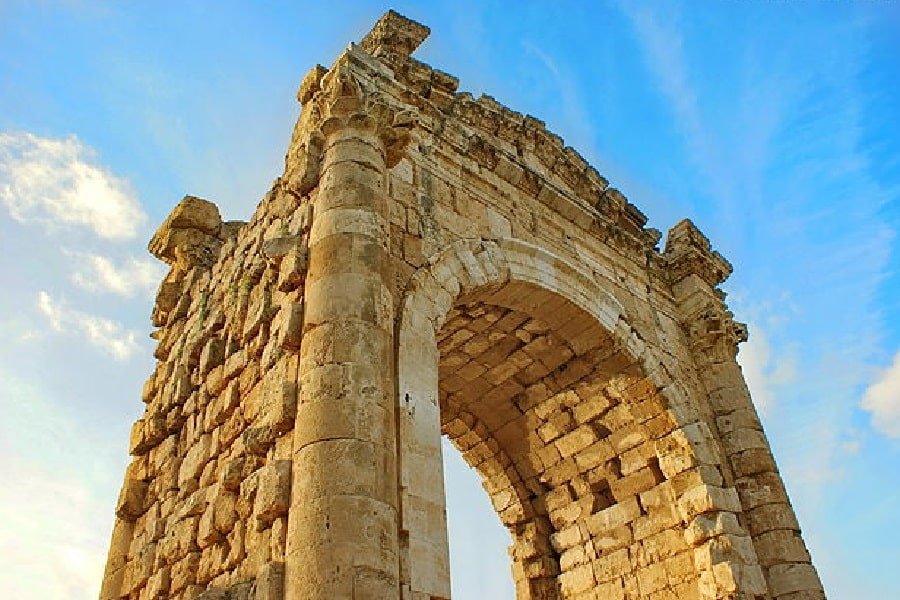
Whilst arches existed long before the Romans utilized them for their buildings, they are commonly accredited with significant development and enhancement in their design – usually called the “Architectural Arch” or the “Roman Arch.”
Unlike its predecessors, these arches sprung from the tops of columns and allowed for much sturdier and more complex designs. Its emergence and development were part of the “Roman Architectural Revolution” and were used to adorn and prop up buildings throughout the empire, with ever more complex and monumental designs.
It also helped give birth to the “Triumphal Arch,” a commemorative or celebratory monument that was dedicated to successful generals in the Republic, after which they were exclusively dedicated to the emperors under the principate.
These elaborate and sturdy stone structures were decorated with carvings, dedications, and sculpted reliefs – as shown on the still surviving arches that adorn the city of Rome (including the Arch of Titus).
Moreover, in the modern day, many triumphal arches embellish cities, from the Arc De Triomphe in Paris to the Patuxai in Vientiane. Indeed, much of modern Western architecture that still harkens back to the “Classical Style” owes a considerable amount to the Roman Arch and its many uses.
Surgical Tools
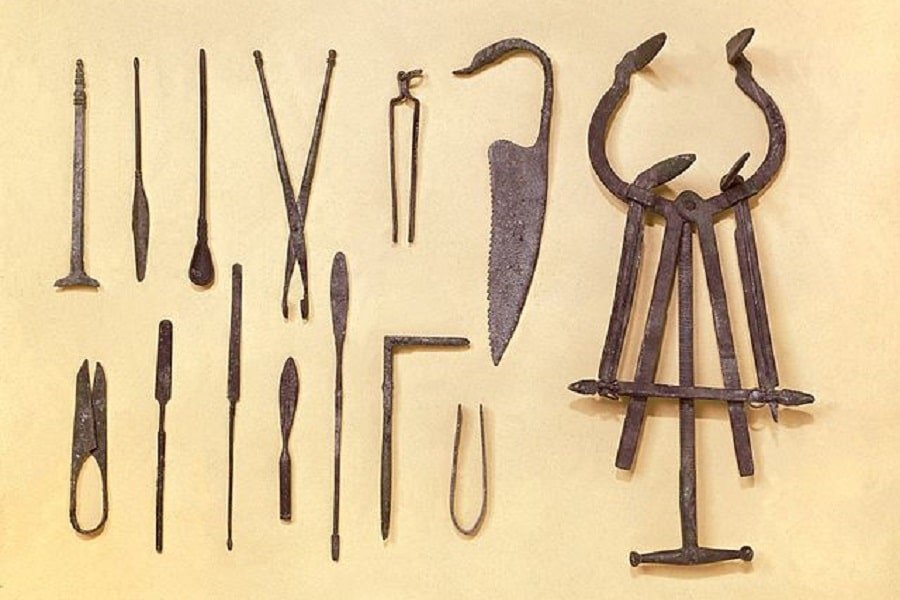
The art and science of Medicine precedes Roman civilization, just as much of Roman Medicine derived from Greek precursors. However, archaeological excavations have revealed the sophistication of surgical instruments during the Roman Empire, many of which did not change much until the 19th and 20th centuries. As such, they seem to have set a long-standing precedent for their design and refinement.
In Pompeii in particular, archaeological finds have unearthed bone saws, scalpels, syringes, and more, all with standardized designs. Such instruments could be made in factories throughout the empire and championed by the many physicians that traveled and taught throughout its cities. These include famous figures such as Galen, Asclepius, and Aulus Cornelius Celsus who conducted circuit tours of the major centers of learning.
As part of Roman developments in medicine, these surgical tools were used to treat patients, initially in hospitals located in military camps (called valetudinaria), until more general hospitals proliferated with the spread of Christianity. Both the sophisticated tools and developments of hospitals were central to the evolution of Western medicine, up until the modern day.
READ MORE: How Did Christianity Spread: Origins, Expansion, and Impact
Apartments
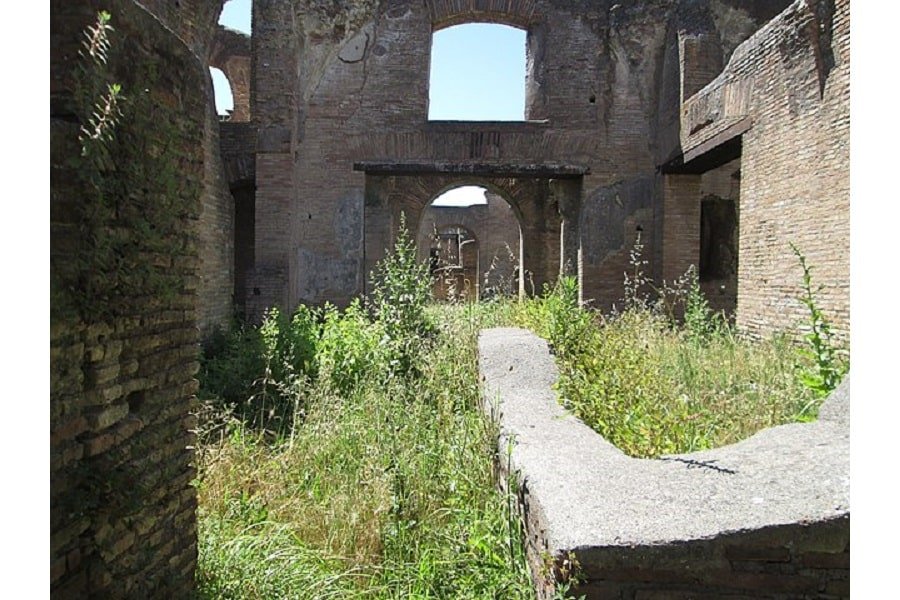
The apartment style of buildings, for the most part, find their origin in the Roman insulae. These were multi-story buildings, usually in urban centers, that housed the lower and middle classes of the city. The bottom floors would often house shops, businesses, and taverns, whilst the living spaces would take up the upper floors.
As Juvenal explores, in book 3 of his Satires, these buildings could often be cramped and unsanitary, especially on the upper floors. Moreover, whilst archaeological remains at Ostia demonstrate that some of them could be well decorated (especially the lower floors), this does not seem to have been the norm.
Instead, the poorer Roman citizens tended to occupy these buildings, who could only envy their richer compatriots in their elaborate and spacious villas or standalone buildings. Since insulae tended to be made of wood, rather than stone, they were also a frequent fire hazard, especially in the densely packed cities of the empire such as Rome.
However, since urban settlements expanded exponentially with the development and enlargement of the Roman Empire, it made sense that these buildings were created, to help house the ever-growing populations and save space. Such a trend has only increased since then in the modern day – it’s no surprise then that apartments are everywhere in our cities and towns!
Road Networks

Of course, the Romans were not the first to build roads. However, their construction of roads and the creation of a vast network of them that covered their empire was absolutely unprecedented in ancient times. There was a very good reason that the popular saying states “All roads lead to Rome.”
At its largest extent, the Roman world was connected by more than 250,000 miles of roads, of which more than a fifth were stone-paved. This vast network provided the means for long-distance movement of armies, officials, civilians, and goods. It therefore not only kept people from getting lost but helped keep the provinces secure with the speedy arrival of troops, as well as helping the economy function across vast distances.
Moreover, what was truly remarkable about Roman roads was their masterful construction. Not only were they known for being extraordinarily straight and direct, but they were constructed with footpaths, bridleways, and drainage ditches on their sides. The use of stones and metals to pave many of the roads meant that they were very durable as well.
Indeed, a number of Roman roads, including the Appian Way still exist today, whilst many of their routes have been paved over by modern roads and motorways. In the Western world, the Romans truly set the precedent for roadbuilding.
Welfare Programs
Given that the Roman Empire in the first and second centuries AD had an estimated population in the range of 59 to 76 million, it makes sense that the idea of welfare programs originated there. This makes even more sense when we consider that Rome was the largest city in antiquity between the 1st century BC and the second century AD (with perhaps 1 million residents).
Forms of welfare in Ancient Rome began in the Republic, particularly with the Agrarian law of Tiberius Gracchus in 133 BC. This distributed out resources and money to the poor, from the recently acquired estate of the eastern king Attalus III of Pergamum.
This was followed by the “Grain Dole” which sold cheap wheat to the urban poor in the city of Rome, providing relief for more than 300,000 people at its peak. It was subsequently supplemented by various gifts of wine, oil, and money (congiaria) given by emperors at their accession or during sporadic important events (such as military triumphs and victories).
During the reigns of Nerva and Trajan, the alimenta was introduced, which was a charitable welfare scheme that provided subsided relief to poor children and orphans throughout Italy. Beginning in around 98AD it lasted until 272 AD, when the emperor Aurelian decided to concentrate relief efforts on reforming the Grain Dole (or Cura Annonae) by enhancing the relief and providing the poor with bread, salt, and pork, on top of subsidized prices for other items such as wine and oil.
Such munificence was repeated throughout the empire by local elites, who wanted to establish themselves as regional patrons. As such, by the time the Roman Empire fell in the West (continuing on in the East), welfare programs were well entrenched in Mediterranean culture.
READ MORE: The Fall of Rome: When, Why and How Did Rome Fall?